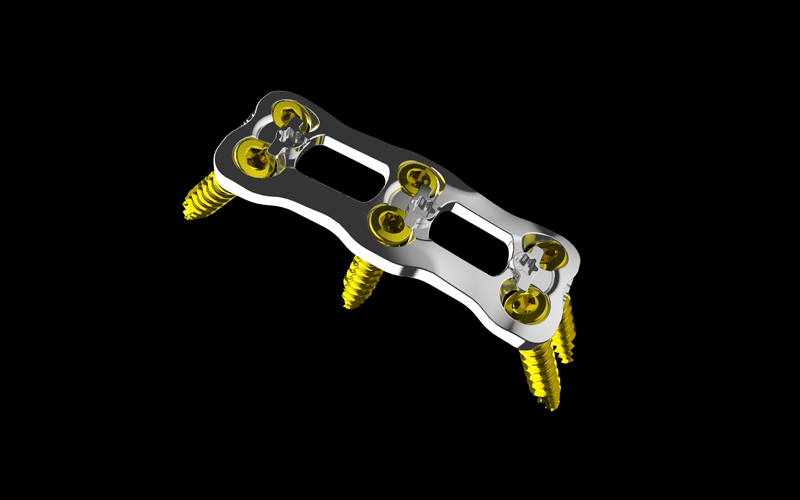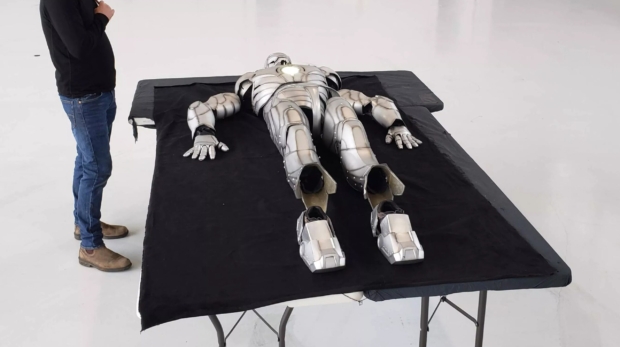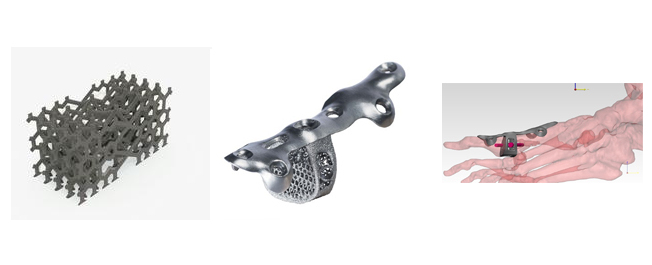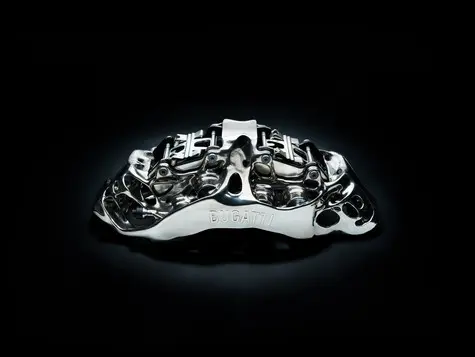Imagine ultra-lightweight components that are as strong as a reinforced concrete column. Now, as Volkswagen reports in its new blog, this is possible, thanks to technology-led by Bugatti engineers. The newly developed 3D printed pushrod – a pressure-loaded coupling rod in the chassis area – weighs just 100 grams and can transmit forces of up to 3.5 tonnes. The hollow titanium structure with an internal supporting arch gives incredible strength and is yet another AM breakthrough among several Bolide 3D printed parts recently introduced by Bugatti.









